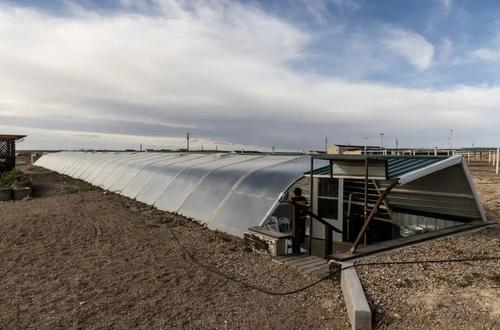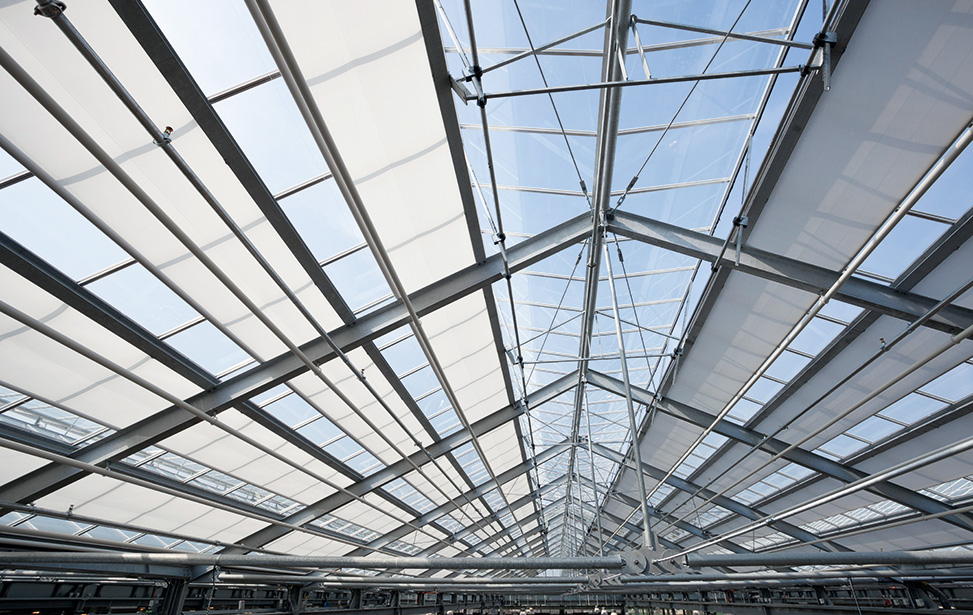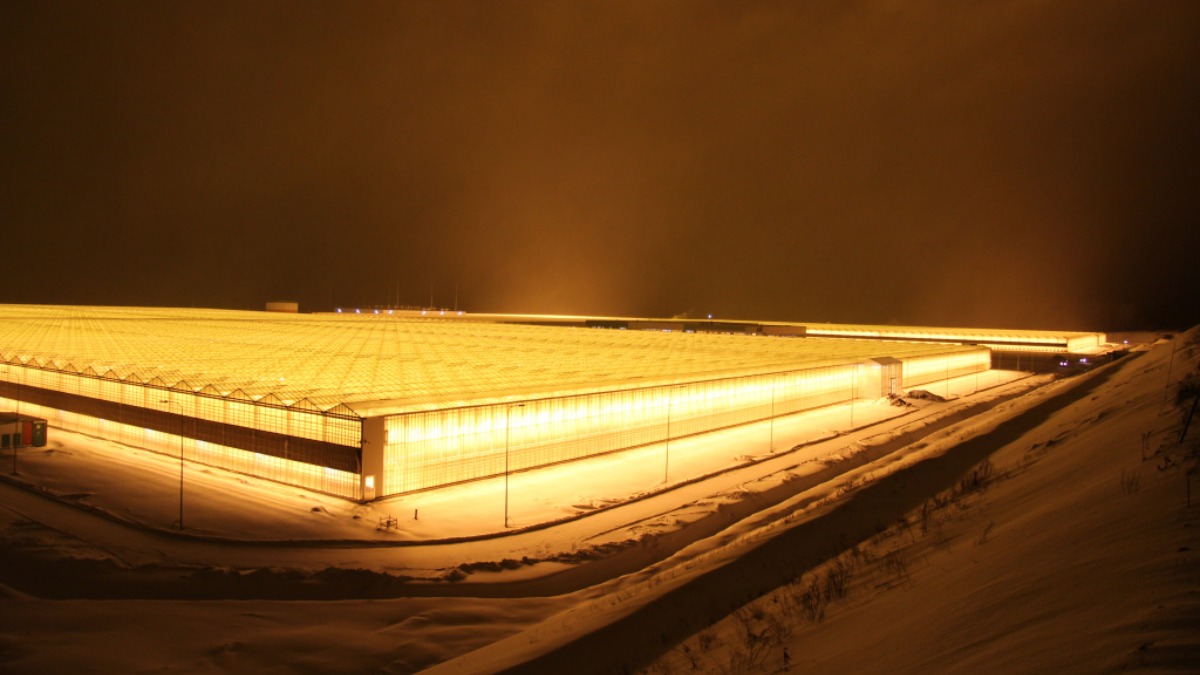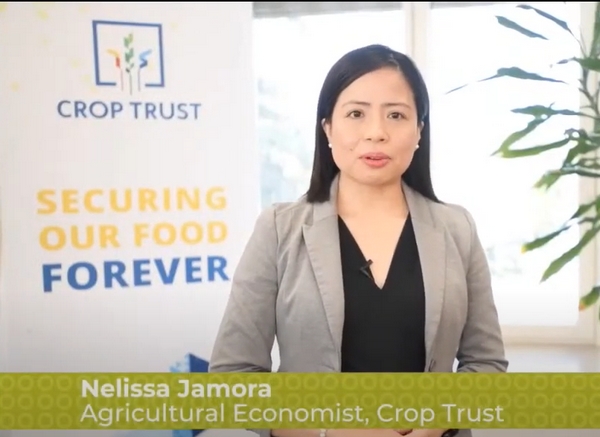On the southern edge of the Pine Ridge Reservation in South Dakota, a curved translucent roof peeks out several feet above the dusty plains. It’s a hot November day, and the last greenery outside is quickly disappearing, the guardian reports.
But underground, a 25-meter-long vegetable garden is overflowing with life – pallets of bright micro-greenery, potato plants growing from hay bales. Two people bend over the pallets, using scissors to collect tender micro-green shoots.
Underground greenhouses appeared three decades ago in Bolivia as a way to help rural communities find food security. Their conditions can be controlled to protect crops from severe storms and extreme temperatures.
Those underground on the reservation use geothermal energy to maintain a stable year-round temperature of about 52F, and some use a series of tubes that capture and circulate heat from deeper underground environments. At the same time, greenhouses absorb and retain heat from the sun.
Surrounded by barren lands and black hills, the Pine Ridge Reservation has long faced extreme weather conditions. But the climate crisis is leading to more intense downpours and heatwaves, and reservation residents say the situation is becoming unbearable.
In July 2019, Julian Bear Runner, then president of the Oglala Sioux tribe, testified to the U.S. House of Representatives Natural Resources Committee about a recent storm that flooded residents’ homes and made roads impassable.
“Our reservation is not in a position to handle another severe weather storm,” he told the committee.
Just a month later, an intense storm swept through the reservation, producing golf ball-sized hail and wind gusts of up to 120 km per hour. He tore down the siding of a local school, smashed windows and destroyed street crops.
In summer, a large exhaust fan with a thermostat on the west side and blinds on the east side are expected to help cool the hot air. But in winter it is planned to rely on the sun to keep the plants warm. People believe that the new structure at a depth of 2.5 meters will provide much-needed crop protection.
It is hoped that the underground greenhouse, which is funded by a $250,000 grant from the Social Impact Fund, will allow people to also provide fresh produce.
The Lakota people were buffalo hunters and enthusiastic gatherers. But after the US government restricted them to reservations at the end of the 19th century, and the US army destroyed buffalo populations, growing their own food became one of the ways to adapt.
A source: https://argumenti.ru










